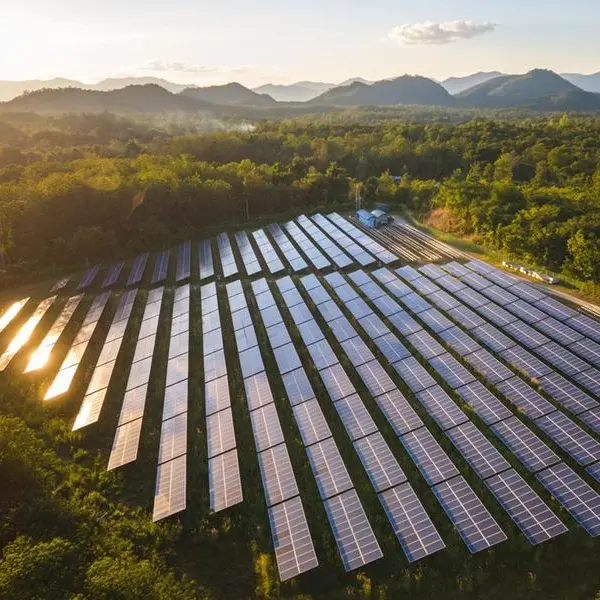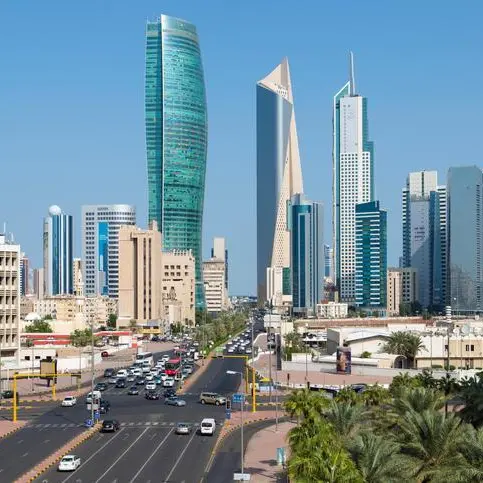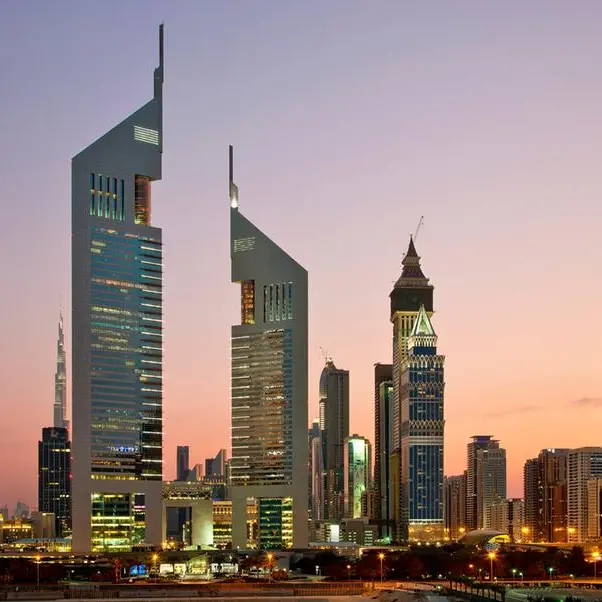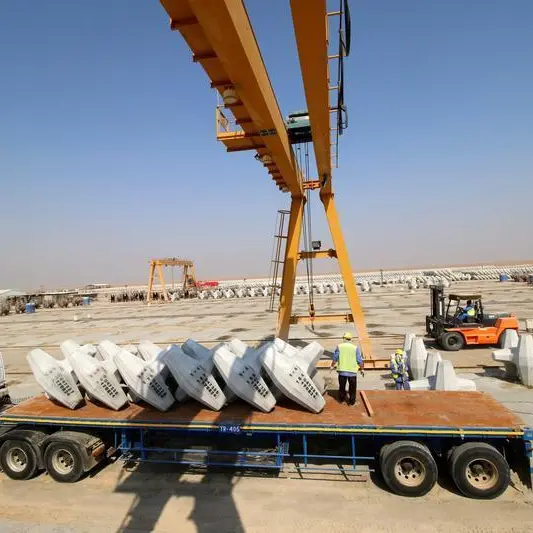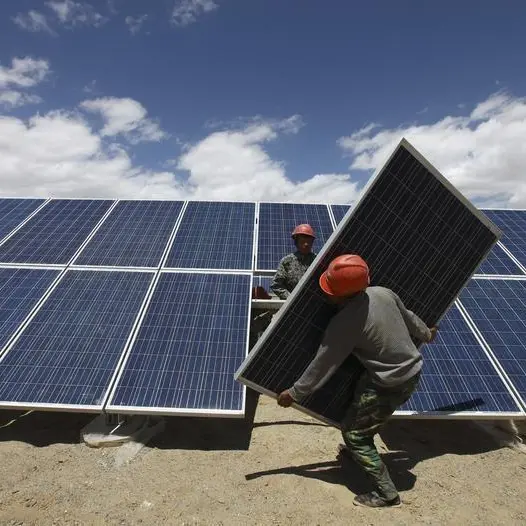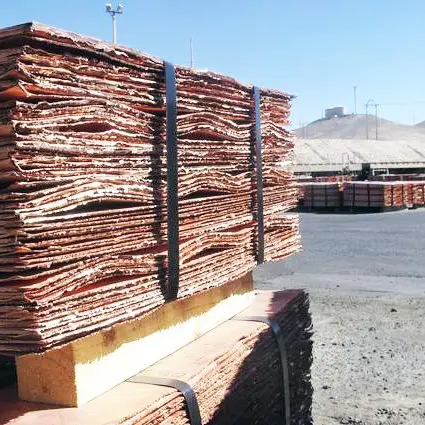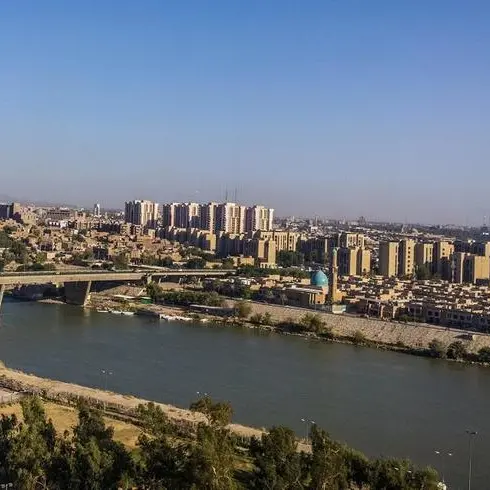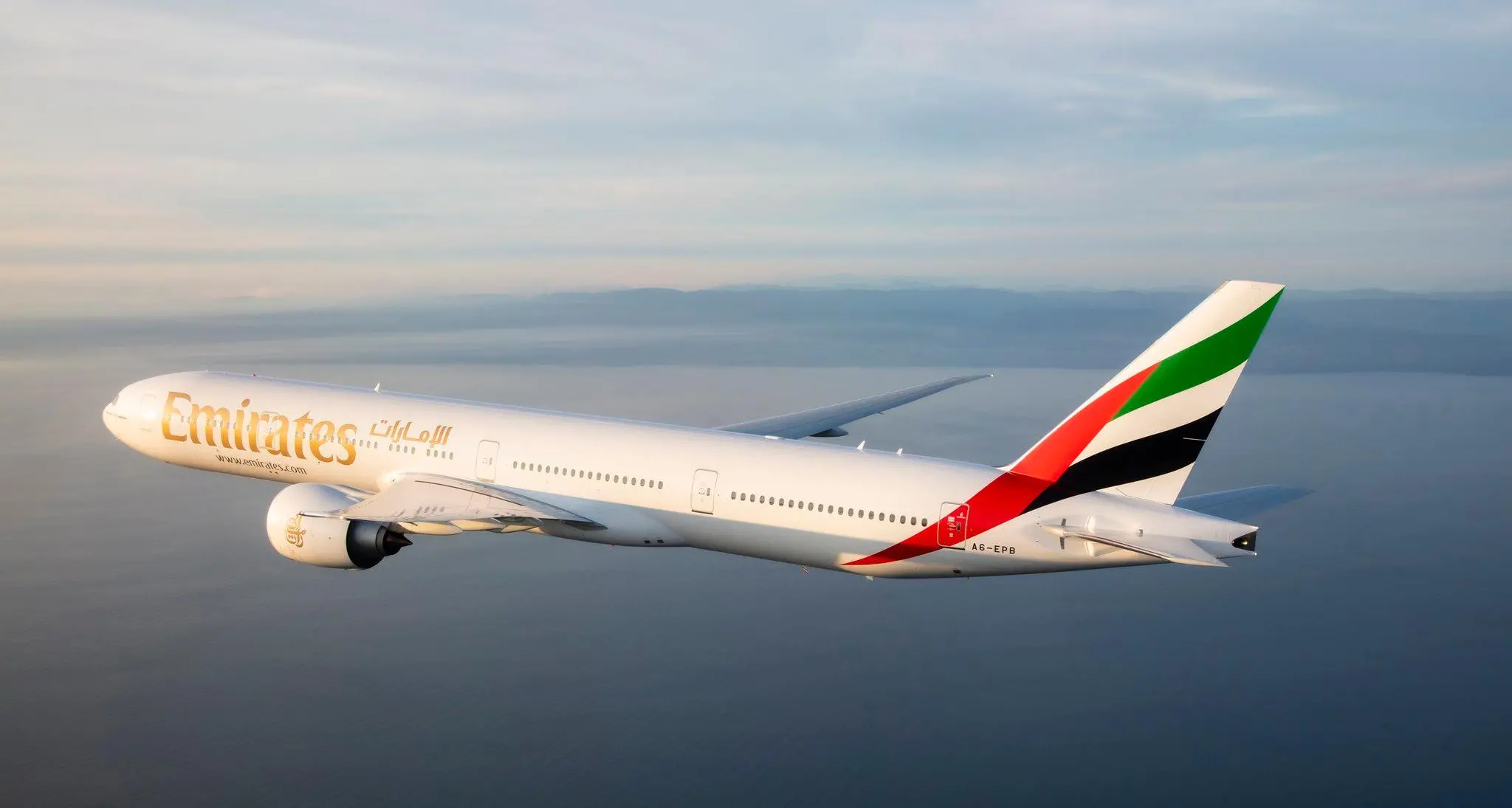PHOTO
Investments into the power sector is set to surge in MENA, driven by a shift to renewables over the next five years, the Arab Petroleum Investments Corporation (APICORP), said in its latest outlook.
The sector will see investment of $250 billion, the highest among all energy sectors, with an estimated $93 billion and $157 billion in committed and planned projects, respectively, over the next five years.
Total planned and committed investments in the region will top $805 billion in five years, marking a $13 billion increase from the $792 billion estimate in last year’s five-year outlook, the Saudi-headquartered multilateral development bank said in its report titled MENA Energy Investment Outlook 2021-2025.
Gas investments
However, total gas investments are set to fall to $208 billion, from $211 billion, according to the outlook. While committed gas investments show a drop of $9.5 billion to $75 billion, planned investments show a modest increase of $6.4 billion to $133 billion.
Investments in gas “seem to be plateauing – notwithstanding Qatar’s North Field Expansion (NFE) megaproject, the largest single LNG final investment decision (FID) in history,” it noted
Oil investments
Oil investments will amount to $226 billion in 2021-2025, down from $235 billion projected in last year's five-year outlook. Of this, committed investments is $127 billion, down $5 billion and planned investment is $99 billion, showing a dip of $3.4 billion.
APICORP’s outlook said the record drop in oil demand, which reached 9 percent year-on-year (y-o-y) to 92.2 million barrels per day in 2020, was echoed by a similarly unprecedented drop in oil and gas investments (including exploration and development) of -34 percent y-o-y.
“In 2021, the oil and gas industry announced planned investments of around $300 billion in upstream activities, a figure which is unchanged from 2020 and is close to a 15-year low,” it said.
“For hydrocarbons producers, this decade might prove to be the last window for the low-cost producers to firmly re-establish their market share, particularly Saudi Arabia and Qatar,” it said.
Renewables
In the power segment, the share of renewables will be around 40 percent, the report said, as countries push ahead with their energy diversification agendas.
MENA is expected to add 3GW of installed solar power capacity in 2021 alone--double that of 2020--and 20GW over the next five years.
The total investments in the petrochemicals segment is expected to be over $121 billion; $109 billion for planned and $12.5 billion in committed.
“Despite MENA petrochemical markets seeing an overall improvement in demand owed to the increased consumption of basic materials as vaccination drives continue and economies recover, some MENA committed petrochemical investments are nonetheless being re-evaluated and rationalized due to fiscal strains, capital discipline and cost efficiencies and evolving market dynamics,” the report noted.
MENA is also becoming a major hydrogen-exporting region thanks to its combination of low-cost gas resources and renewable energy Saudi Arabia and Morocco are already low-cost exporters of blue and green hydrogen, net-zero ammonia and other low-carbon products, while other countries, such as Oman, UAE, and Egypt are attempting to catch up.
“The region’s economic forecasts suggest that commodity prices and exports will drive the rebound expected for most MENA countries in 2021,” the report said, adding, “However, economies remain under fiscal strains due to unprecedented high debt levels and decline in oil prices, tourism/haj revenues, and personal remittances.”
(Writing by Brinda Darasha; editing by Seban Scaria)
Disclaimer: This article is provided for informational purposes only. The content does not provide tax, legal or investment advice or opinion regarding the suitability, value or profitability of any particular security, portfolio or investment strategy. Read our full disclaimer policy here.
© ZAWYA 2021
